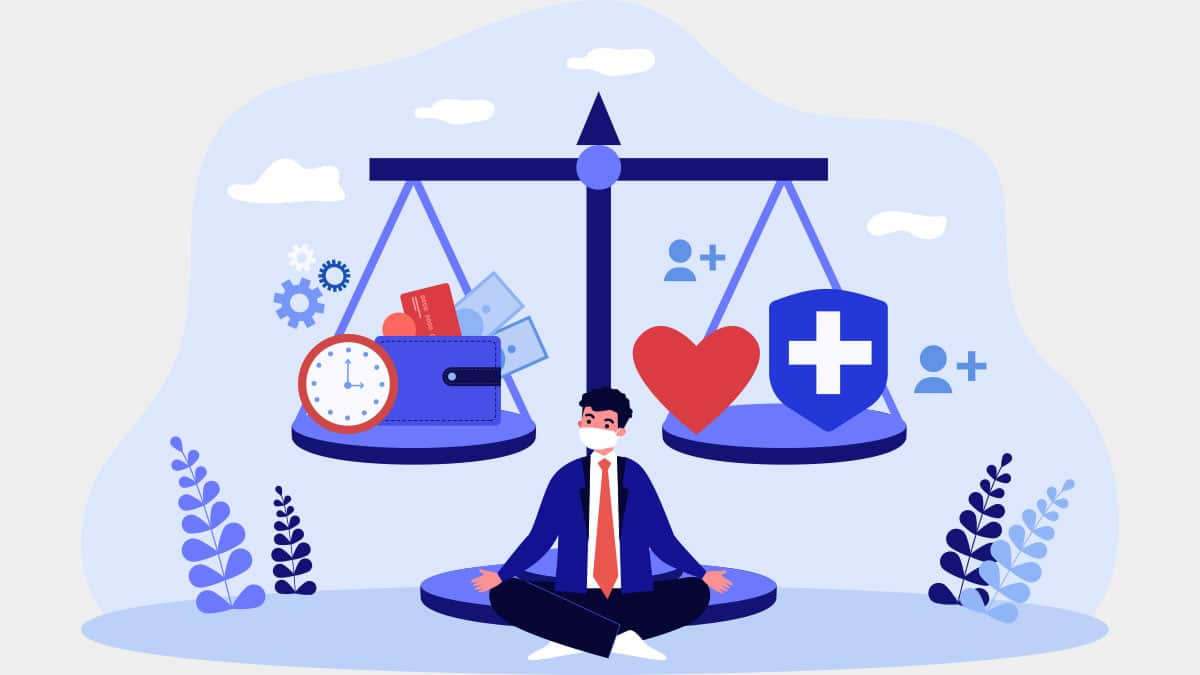1
Feeling Inadequately Insured? 3 Ways To Extend Your Health Insurance CoverDecoding Insurance
Add Critical Illness Cover To Health Plan Today
The search for financial stability and successful careers has often had implications. These modern times that are continuously making life remote also call our attention towards proper physical well-being. In other words, it is essential to maintain an even balance between work and play for a sound body and mind. On the other hand, the inability to maintain this balance can lead to fatal and life-threatening situations. Today, our driven, high-paced lives have virtually left us with no time to plan a healthy lifestyle. However, an increasing number of Non-communicable diseases or NCDs have played a crucial role in shifting people's attention towards Lifestyle diseases.
Rise in Lifestyle Diseases
Lifestyle Diseases are non-communicable diseases that could develop due to hectic and stress-prone routines. These diseases depend on the environment of work, the nature of work, eating habits, etc. Common Lifestyle diseases include diabetes, heart disease, stroke, hypertension and cancer. As per the Centre for Science and Environment, over 61% of deaths in India are caused due to lifestyle diseases. Moreover, over 1.73 million new cancer cases had been recorded by 2020. According to the WHO, India is also home to the highest number of diabetic patients. These numbers are speculated to increase about five-fold by 2025.
((calculator))
Despite these staggering figures, only a small fraction of health plans owners opted for a critical illness cover until recent times. However, these rising Lifestyle diseases require long-term treatments and often end up draining our finances. As a result of the epidemiological transition or the exponential rise in NCDs in India, the importance of Critical Illness cover has increased manifold. Hence, having a critical illness covered in your health insurance plan that safeguards the emotional and financial health of your family is a must.
How can a Critical Illness Plan help?
Critical Illness plan is quite similar to the common Mediclaim or health insurance cover. In a Critical Illness plan, the insurer pays a lump sum amount to the policyholder. This amount is equal to the total sum insured upon developing any critical illness listed in the policy. The total amount paid to the insured may be utilised for disbursing for the cost of treatment, recovery expenses or to pay off any debts owing disease's treatment.
Diseases covered under critical illness plans vary from one to the next. Mostly, insurers cover 10 to 20 major critical illnesses, however, this number goes higher in some cases. Some common illnesses that all insurers cover comprise heart attack, cancer, kidney failure, stroke, paralysis, heart valve replacement and major organ transplant. The ideal coverage amount for these illnesses is usually Rs 2 lakh and upwards. Hence, it is recommended to get a cover of over Rs 10 lakh, with regards to the current medical inflation.
((relatedarticle_1))
Besides paying a fixed lump sum amount to the policyholder in the event of an unfortunate event like the death of the policyholder, the Critical Illness cover provides help to the insured beyond any sub-limits. It also caters to non-medical expenses arising from loss of earnings or livelihood during the time of treatment and recovery. These may include expenses like frequent travel, household expenses, children’s educational expenses, etc. Another thing about these plans is that they are highly cost-effective and the premiums paid towards the purchase of all such plans are tax-free under section 80D of the Income Tax Act.
It is, however, mandatory for the policyholder to survive for 30 days after the diagnosis of the critical illness to make a claim. However, depending upon the company, the surviving period can vary from zero or 28 days. Regardless, the waiting period is usually the first 90 days after the issuance of the policy, and claims made within 90 days are not covered under the policy.
((newsletter))














